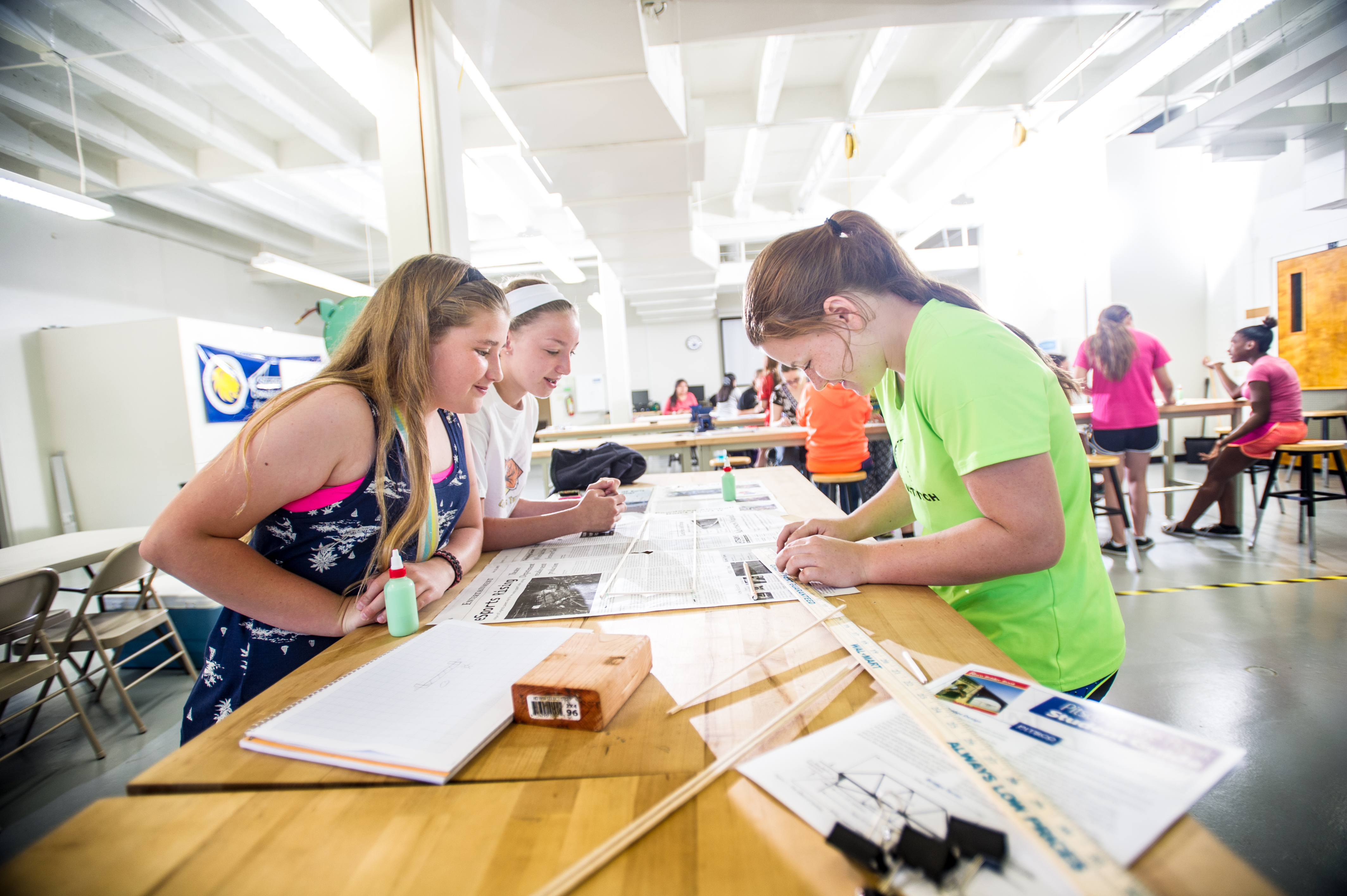

"At the undergraduate level of higher education, only some STEM fields have a lack of women." "When we approach STEM as a broad category, we often miss the complexity of STEM sub-disciplines in terms of gender equity issues," says Dr. "There is the importance of having a scientifically literate population who can consume basic scientific information so they are able to engage critically with issues that concern us today – whether it is about understanding the climate emergency or the need to maintain a healthy lifestyle, as well as evaluating the risks associated with COVID and so on."Īre there fewer women than men in all areas of STEM? Professor Emma Smith, Head of the Department of Education Studies at the University of Warwick and regular contributor to journals including Oxford Review of Education also highlights the significance of STEM literacy: Anne Forbes, Senior Lecturer in STEM Education at Macquarie School of Education and co-author of STEM Education in the Primary School: A Teacher's Toolkit. "This increases their chances of engaging with and viewing the world through a rational lens, and using STEM knowledge and skills to improve their own life chances and those of others," says Dr. The "STEM literacy" capabilities girls develop in school and higher education are also important in all fields, not just STEM: "This is a reflection that the workplace has not changed in terms of work expectations for men and women." STEM literacy Doras Sibanda, Senior Lecturer in Chemistry Education at the University of KwaZulu-Natal and regular contributor to journals including the African Journal of Research in Mathematics, Science and Technology Education and Education 3–13. "I have experience of female engineers quitting engineering jobs for teaching positions," says Dr. More women in STEM can also help tackle the " masculine default" in organizations that leads to women leaving STEM or not starting a STEM career in the first place: "What if Adriana Ocampo hadn’t defied the odds of becoming a planetary geologist? How far behind in planetary analysis would we be?" Effect on retention What if Barbara McClintock hadn’t been so persistent about a STEM career? All of Watson and Crick’s work grew from hers. "All of their potential work, discoveries, and intellectual gifts to the field are lost. "We are excluding some smart, talented, and curious women from the field," adds Maryann Stimmer, Senior Technical Advisor for STEM Programs at FHI 360, a non-profit that partners with governments and organizations to bring about positive social change and provide quality education. This ultimately boosts innovation, creativity, and competitiveness. That’s why we need more women in STEM – particularly women of color and women scientists who have diverse social identities and backgrounds." "Technology designed by engineers and scientists with diverse backgrounds can advance products and services for consumers who have diverse needs. We are excluding some smart, talented, and curious women from the field – all of their potential work, discoveries, and intellectual gifts to the field are lost Maryann Stimmer It highlights ways that schools, parents, policymakers, and researchers can get more girls into STEM so they continue their STEM education and enter STEM-related careers. Using the insights and observations of educational experts and women working in the field, this article examines why fewer women than men work in STEM. This leads to fewer women than men studying STEM subjects in higher education and even fewer going on to have a career in STEM.

But girls' interest in these subjects wanes in adolescence. Girls tend to have the same level of interest in mathematics and science as boys throughout their primary schooling. In Turkey, women make up just 5% of the science and technology workforce.

The situation in some countries is even worse. In the U.K., U.S., and China, around 25% of those working in science and technology are women. Yet women are still significantly underrepresented in many parts of the sector. This is why governments invest heavily in STEM education and research.Ī major focus of this investment has been addressing the shortage of women in STEM. Science, technology, engineering, and mathematics (STEM) skills are crucial to a prosperous economy.


 0 kommentar(er)
0 kommentar(er)
